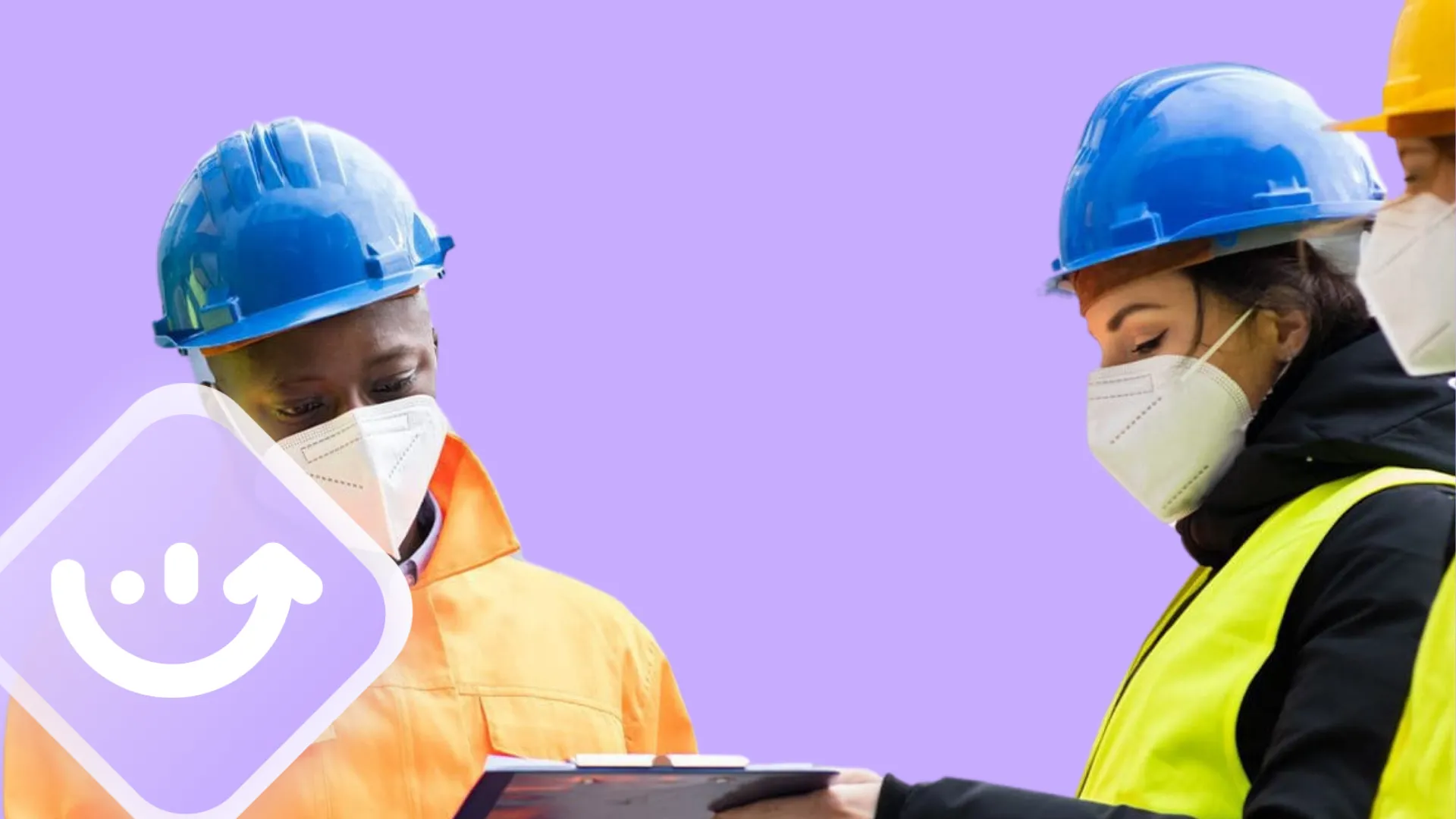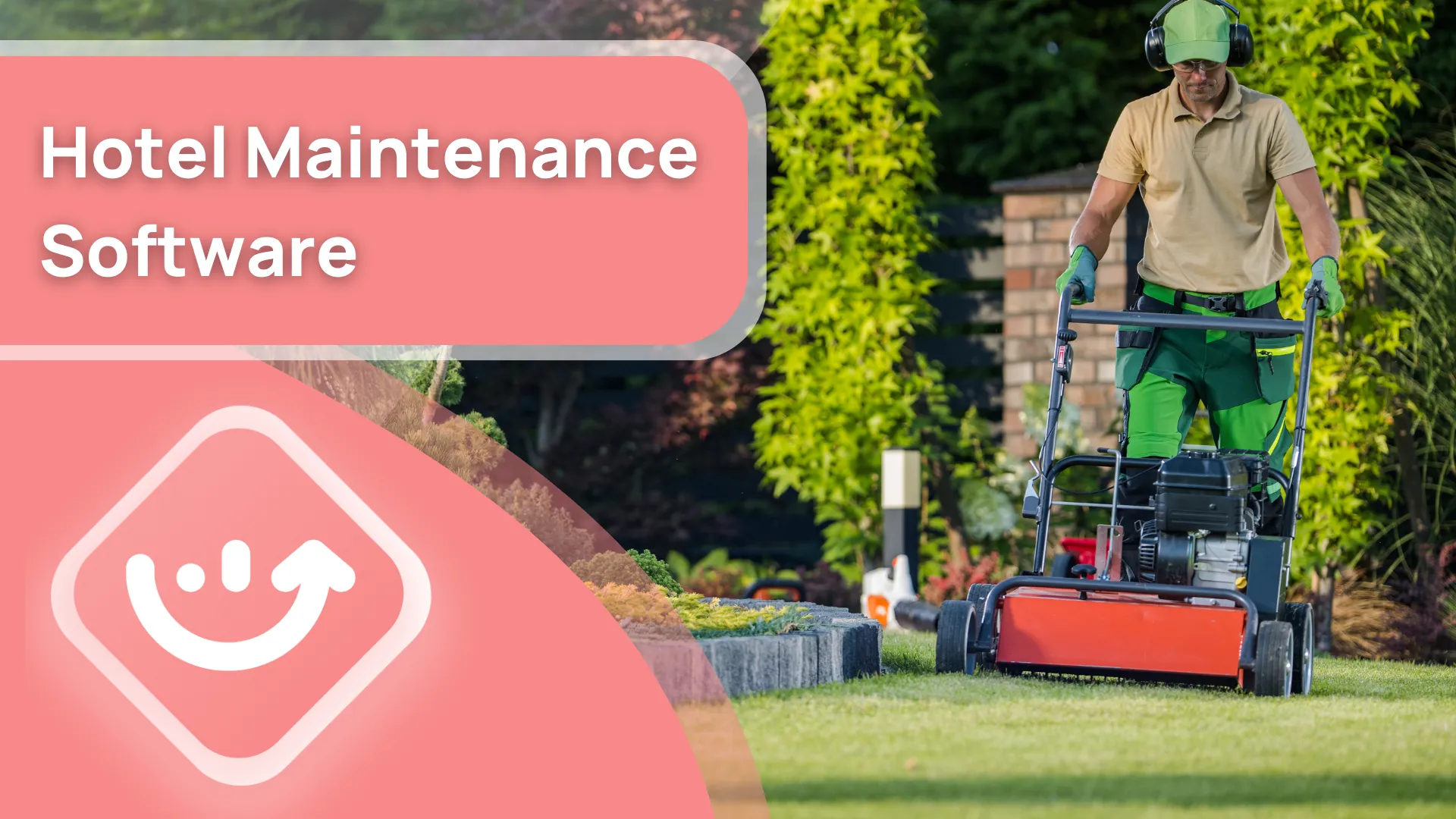Construction site security is an integral part of any construction project, and it plays a critical role in ensuring the safety of workers and the success of the project. However, construction sites are often vulnerable to various security risks, such as theft, vandalism, and unauthorized access, which can compromise the safety of the workers, equipment, and materials, and even halt the entire project.
.svg)

Available for up to 5 users
Premium for $99/month for the first 20 users (with free trial period)
Available on iOS, Android and Web
To mitigate these risks, construction managers must implement best practices for construction site security, which includes securing the perimeter, using access control systems, monitoring with CCTV cameras, hiring security personnel, and conducting safety inspections. But managing these security measures can be a daunting task, especially for managers who are already juggling multiple responsibilities.
Fortunately, technology has made it easier to manage and optimize construction site security. Xenia is a software platform that can help construction managers streamline the management process of construction site security. By enabling maintenance management and deskless team operations, Xenia empowers frontline workers and provides managers with an integrated view of facility and employee health.

In this post, we'll explore the best practices for construction site security and how digital tools can help construction managers optimize the management process for construction site security.
Don't Forget To Read:
- The Best Construction Management Software In 2024 & Beyond
- Just in time: The 7 Best Construction Safety Inspection Software in 2024
- Just In: 7 best Construction Equipment Tracking Software For Businesses in 2024
- Just In Time: 7 Best Construction Inspection Software Apps For Small Businesses
From task and work order management to form template libraries and builders, we'll discuss how Xenia can revolutionize construction site security and take it to the next level.
Let's dive in!
The State of Construction Site Security Today
Construction sites have always been an attractive target for criminals due to the valuable equipment, tools, and materials that are present. Unfortunately, the current state of construction site security is no different. These sites are often plagued with security challenges that can result in significant financial losses for construction companies, project delays, and safety hazards.

- Theft: Theft is one of the most significant security challenges that construction companies face. Criminals are constantly on the lookout for the opportunity to steal expensive equipment, tools, and materials that can be sold for a profit. Theft can lead to huge financial losses for companies and can also cause project delays and safety hazards.
- Vandalism: Vandalism is another challenge that construction sites face. This can result in damage to equipment, machinery, and materials, which can delay construction timelines and lead to further financial losses for the company. Vandalism can also pose safety hazards for workers on the site.
- Unauthorized Access: Unauthorized access to construction sites is also a major security concern. Trespassers can put themselves at risk of injury or even death, while also causing safety hazards for workers. Additionally, unauthorized access can result in liability issues for the construction company.
- Cybersecurity Threats: Construction companies face cybersecurity threats that can compromise sensitive information, such as blueprints, financial information, and employee data. Hackers can steal valuable information, sell it on the black market, or use it to launch further cyber attacks. Cybersecurity threats can also result in financial losses and damage to the company's reputation.
- Safety Protocols: Construction site security is closely linked to safety protocols. Failure to follow safety protocols can lead to injuries, fatalities, and damage to equipment and materials. Construction companies need to implement strict safety protocols and train employees on their importance and proper implementation.
The consequences of poor security can be severe. Poor construction site security can negatively impact the success of a construction project, affecting its timeline, budget, and overall success.
Best Practices for Construction Site Security
To improve construction site security, construction managers can implement a variety of best practices. These practices can help mitigate the risks of security breaches and improve the overall success of a construction project.

Here are some best practices for construction site security:
- Secure perimeters - One of the most basic but effective ways to improve construction site security is to secure the perimeter of the site. This can include installing temporary fencing, gating, or barricades around the site. It can also include installing signage that clearly indicates that the site is private property and unauthorized access is not permitted.
- Use access control systems - Access control systems, such as key cards or biometric scanners, can help regulate who has access to the construction site. This can prevent unauthorized access, as well as track who is coming and going from the site.
- Monitor with CCTV cameras - Closed-circuit television (CCTV) cameras can be used to monitor the construction site, as well as deter criminal activity. CCTV cameras can be placed in strategic locations around the site, such as entrances and exits, and can be used to capture footage of any criminal activity.
- Hire security personnel - Security personnel can be hired to monitor the construction site and prevent criminal activity. Security personnel can patrol the site, monitor access, and respond to any security incidents.
- Conduct safety inspections - Conducting regular safety inspections can help identify potential safety hazards and security vulnerabilities. This can help prevent accidents and other security incidents from occurring.
The best practices for construction site security are crucial for construction managers to follow in order to protect their workers, equipment, and materials from any security breaches. Here are the positives and negatives of implementing these practices:
Positives:
- Mitigate Security Risks: The best practices for construction site security aim to mitigate the risks of security breaches by creating a secure environment that protects workers and assets from theft, vandalism, and unauthorized access. By following these practices, construction managers can minimize the risk of security incidents and ensure the safety of their workers and assets.
- Increased Safety and Efficiency: A secure construction site ensures the safety of workers and assets, which in turn, leads to increased efficiency and productivity. When workers feel safe, they can focus on their work and perform their tasks more effectively, which can improve the overall success of the project.
- Reduced Costs: Implementing best practices for construction site security can reduce the costs associated with security incidents. By preventing theft, vandalism, and safety hazards, construction managers can avoid the cost of repairing or replacing equipment and materials, as well as the cost of legal fees or insurance claims.
Negatives:
- Additional Costs: Implementing best practices for construction site security can come with additional costs, such as hiring security personnel or installing access control systems. However, the cost of implementing these practices is often outweighed by the benefits of creating a secure work environment.
- Time-Consuming: Implementing best practices for construction site security can be time-consuming and may require additional resources. This can be a challenge for construction managers who are already juggling multiple responsibilities. However, with the help of technology such as Xenia, construction managers can streamline the management process and optimize construction site security more efficiently.
While implementing best practices for construction site security may come with some additional costs and require additional time, the benefits of creating a secure work environment far outweigh the potential risks and costs associated with security breaches. With the help of technology like Xenia, construction managers can streamline the process and optimize construction site security more efficiently, ensuring the success and safety of the project.
How Digital Tools Optimize the Management Process for Construction Site Security
Construction sites are complex environments that require effective management to ensure that projects are completed on time, within budget, and to the desired quality standards. In recent years, digital tools and software have emerged as powerful tools in optimizing construction site management. By centralizing operations, improving construction site security, managing time more effectively, streamlining onboarding, and saving costs, digital tools and software can help construction site managers mitigate risks, increase efficiency, and ensure the success of construction projects.

- Centralizing operations: Digital tools and software can centralize operations, maintenance, and team management, providing managers with a holistic view of business health. The platforms enable managers to track and manage all aspects of construction site management, including construction site security, task and work order management, scheduling, messaging and chats, and reporting and analytics. This centralization of operations can help managers make better-informed decisions, improve communication and collaboration among teams, and ensure that all tasks are completed on time and to the desired quality standards.
- Improved security: Digital tools and software can help improve construction site security by providing digital checklists and reporting, task and work order management, access control systems, and mobile patrols. The digital checklists and reporting feature enables managers to create customized checklists for construction site security and capture evidence of security incidents. The task and work order management feature enables managers to assign tasks and track progress, while the access control system feature restricts access to sensitive areas of the construction site. Finally, the mobile patrols feature enables security personnel to conduct patrols more effectively.
- Time management: Digital tools and software can help manage time more effectively by providing task and work order management features. These features enable managers to assign tasks to teams or individuals with specific details, including start and due dates. This can help managers ensure that all tasks are completed on time and that there are no delays in the construction process.
- Onboarding: Digital tools and software can streamline the onboarding process for new employees by providing ready-to-use templates and checklists. These templates and checklists can include items such as completing paperwork, reviewing safety procedures, and attending training sessions. With the ability to attach photos and notes to each step of any template, new employees can easily follow the onboarding process, and managers can ensure that all steps are completed.
- Cost savings: Digital tools and software can help construction site managers save money by preventing theft and vandalism, identifying maintenance and repair issues before they become more expensive problems, and streamlining operations to reduce waste and inefficiencies.
Digital tools and software are powerful tools that can help construction site managers centralize operations, improve construction site security, manage time more effectively, streamline onboarding, and save costs. By implementing these tools, construction companies and project managers can mitigate risks, increase efficiency, and ensure the success of construction projects.

.svg)
.webp)
%201%20(1).webp)




.webp)


.webp)

.svg)
%201%20(2).webp)










































%20For%20Businesses%20in%202024.webp)
































.webp)






























